I would imagine that to the general public an Amazon River Cruise may seem like a very exotic trip—even maybe an intimidating idea. There are so many creatures, bugs, and even river pirates! These were some of the thoughts that crossed my mind before I embarked on a cruise down the Peruvian Amazon too.
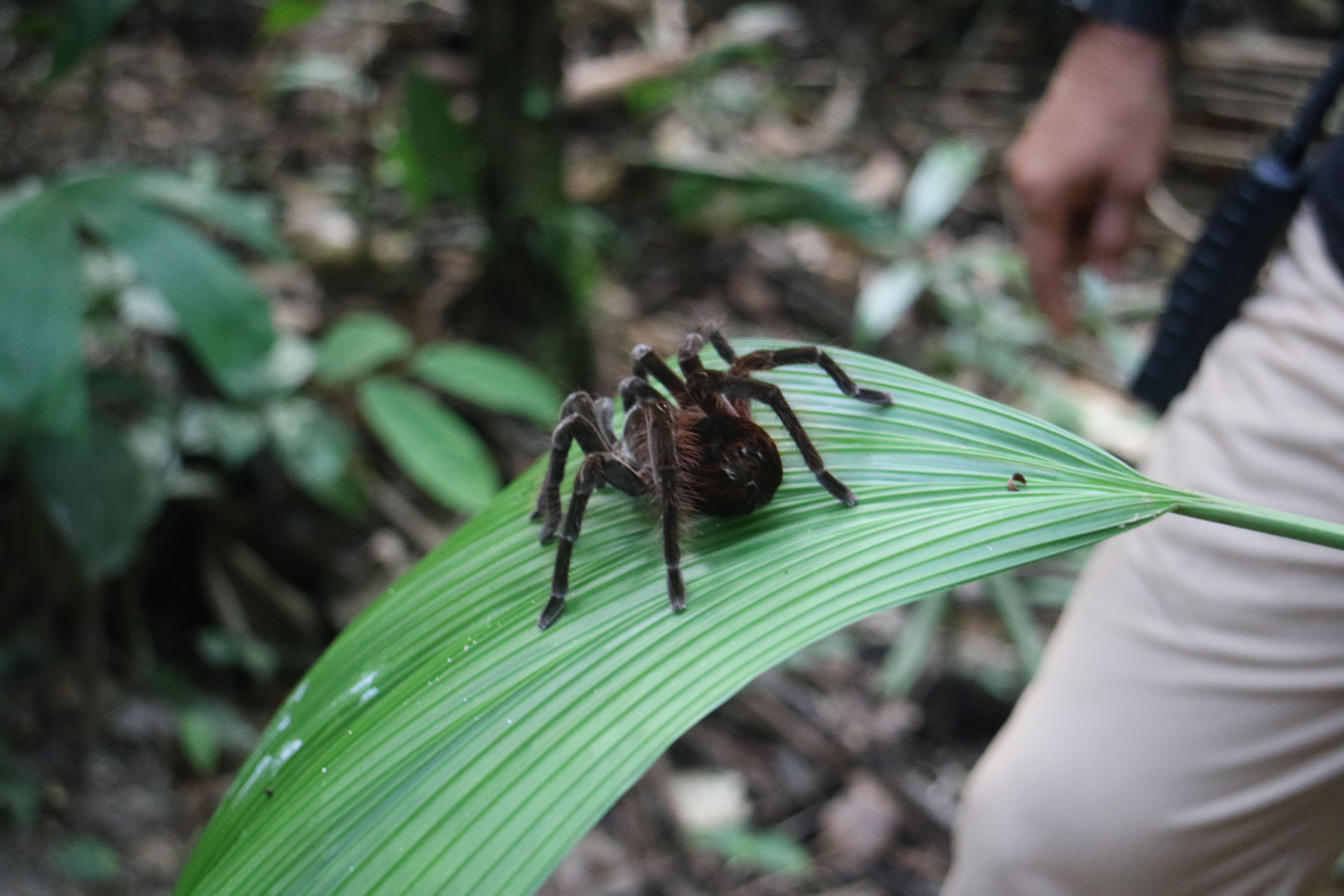
However, while lounging on the top deck of the Amatista and watching the trees and birds go by while the breeze floated through my hair, I realized all of my worries were for nothing!
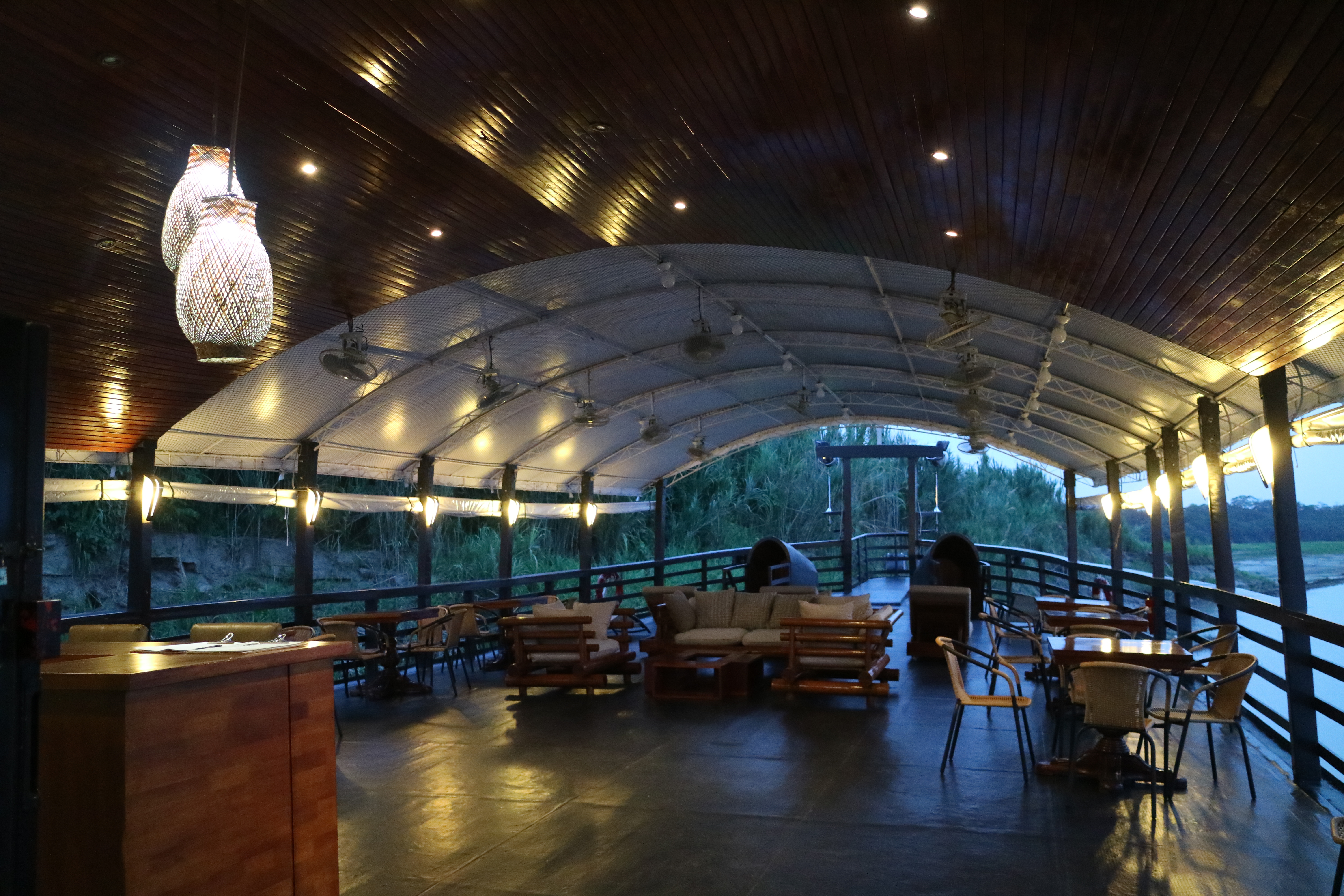
For one, Peruvians are so friendly and accommodating that they will go to any lengths to make you comfortable. I’ve been to a lot of destinations and Peruvians are some of the friendliest I’ve ever come across—and I’m not just talking about the staff onboard the boat (although yes, they were the nicest of them all!), I’m referring to the locals too. Our boat stopped in many secluded villages along the Amazon and all of the people we encountered were open and excited to sharing their ways of life.
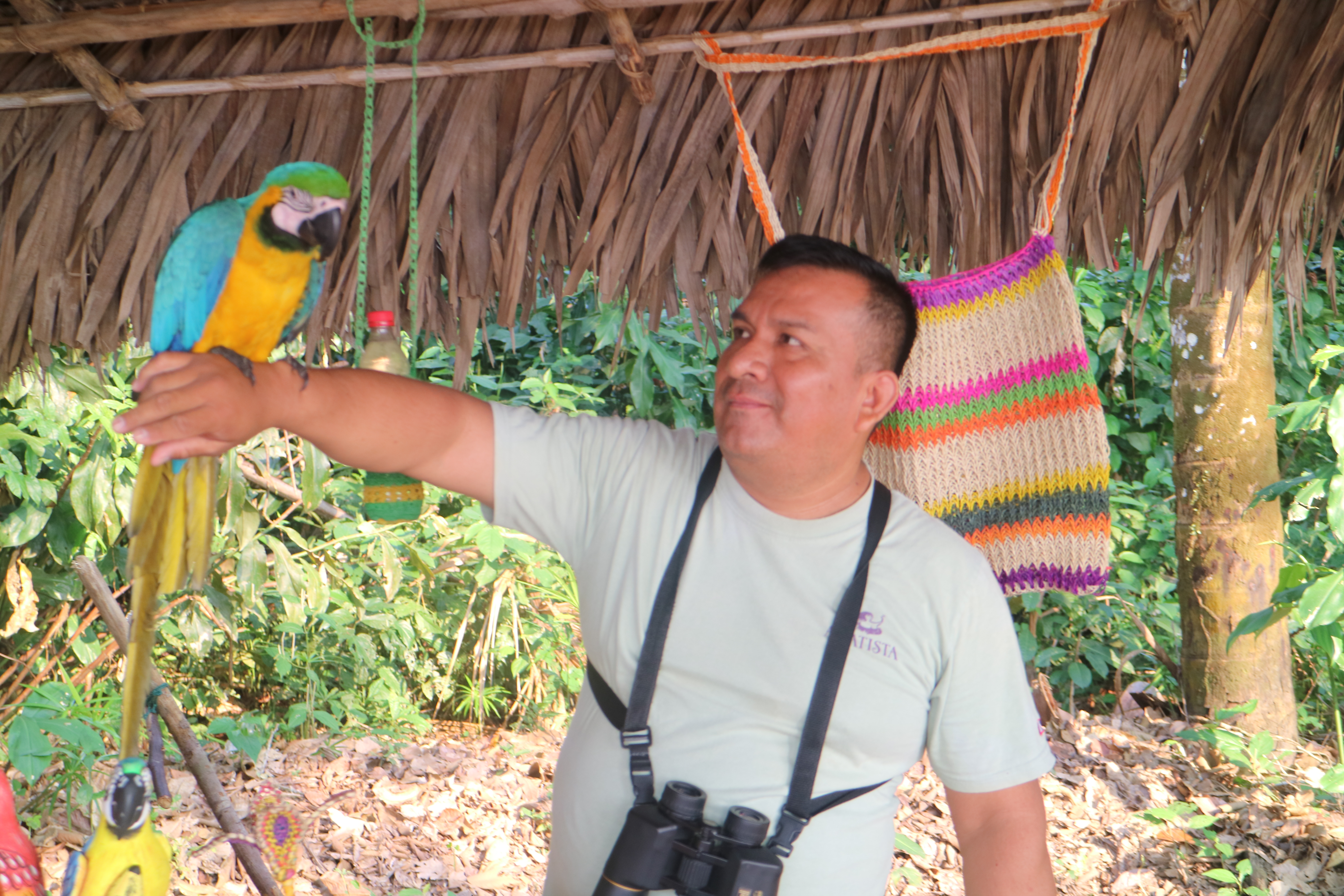
In one village, a woman volunteered to show us how “masato” was made in her own home. This is going to sound really gross, but don’t miss the point…
Masato is an alcoholic beverage that is very special to the natives in the Amazon River Basin. It’s made by the village women who sit in a circle around a large basin and chew on yuca plants. They chew each mouthful for about 5 minutes and then—get this—they spit it into the basin. This is done until all of the yuca has been kneaded in a mouth and spit together. The chewed plant (saliva and all) is placed into a bucket and left to ferment for a few days. People pay what they consider big money for this delicacy! Here is a little more scientific/accurate description of how the drink is made: http://theplate.nationalgeographic.com/2015/03/30/ancient-alcoholic-drinks-unusual-starter-human-spit/
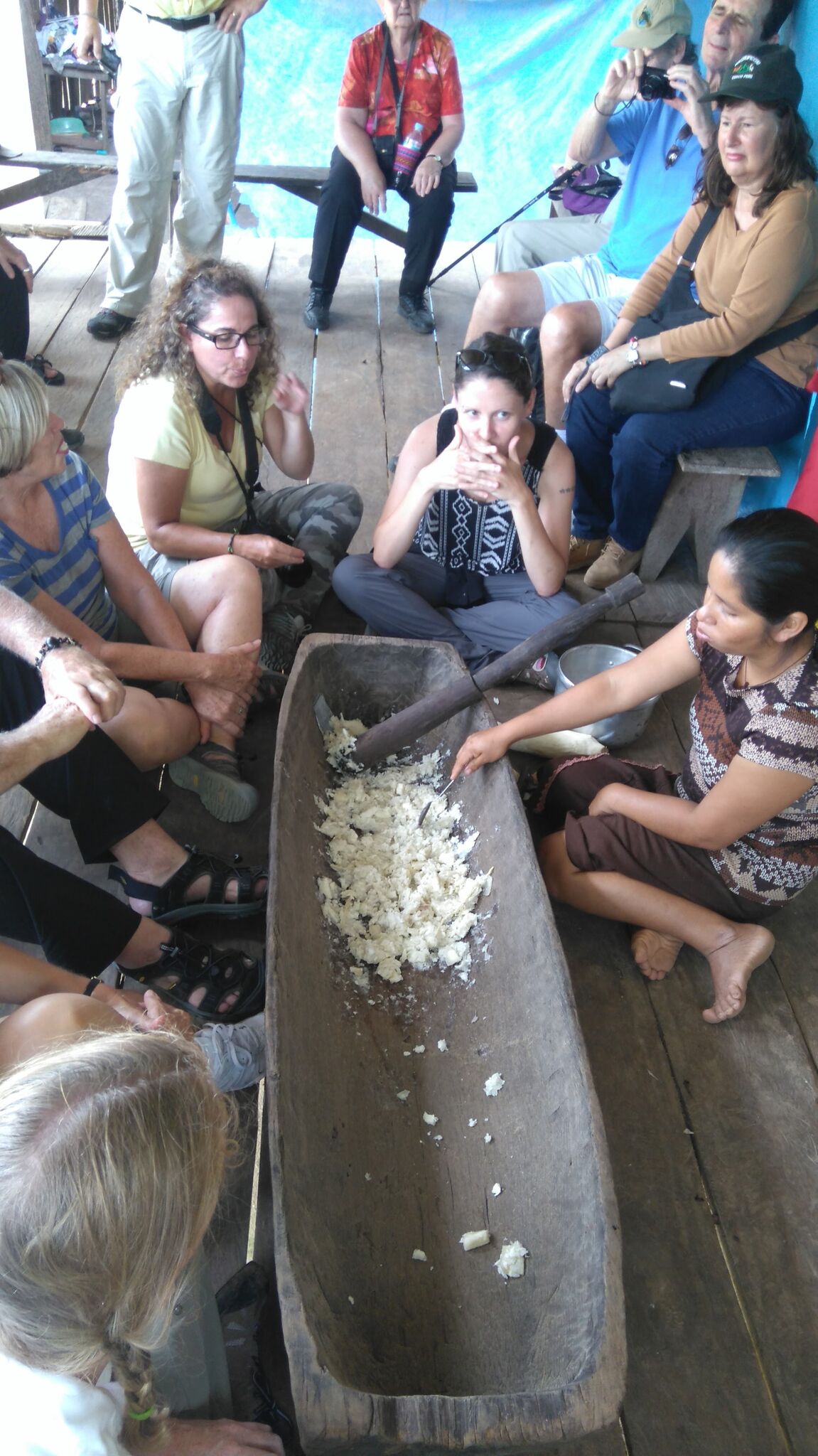
All incredulity aside, my point is that this is considered a familial tradition passed down through generations. It is almost like a fun girl’s night shared among them. All of the women get together at a friends’ hut to laugh, talk, and make this together and then share it with the rest of the village.
The fact that this woman brought our group of 25 foreigners into her home and allowed us to see the process and to be a part of it (even though I’m sure they’re aware it’s very strange to us) is moving in itself. She didn’t speak a lick of English. Our naturalist guide translated everything she said and she answered all of our questions unabashedly.
Another worry that I can dispel for you is that you’re going to get deathly ill from the contaminated food and water. There is plenty of bottled water for you onboard the boat and the food is freshly made each day from local ingredients. The staff assures that all food is prepared with purified water and made with the freshest of ingredients.
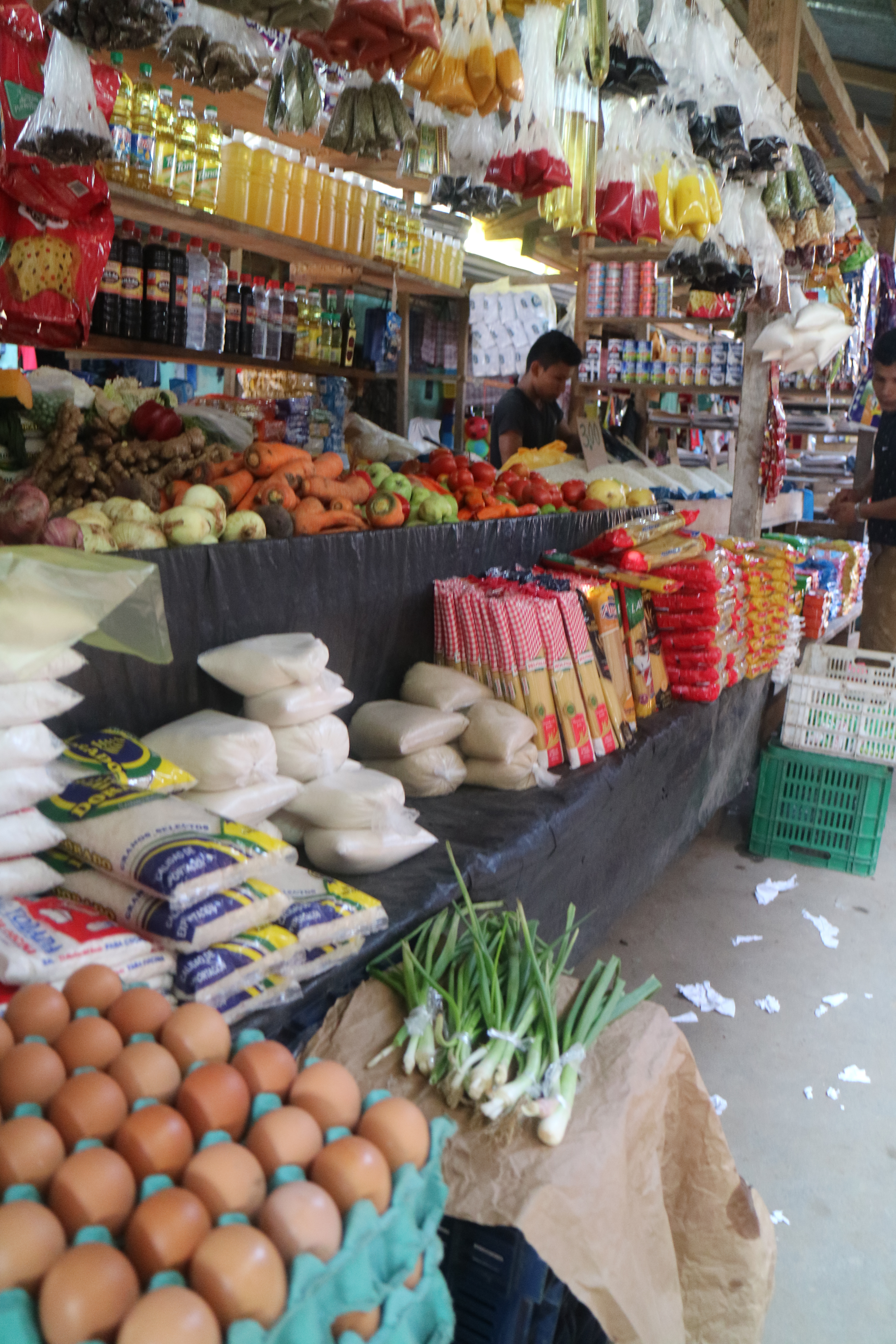
So many people worry that meat in other countries is not safe to eat. What you really need to think about is that the fish is literally coming right from the river that flows beneath you each morning! It’s probably the freshest fish you’ll taste in your lifetime. In underdeveloped cities, meat that you’re served being fresh may be a concern due to the fact that you’re so far from a body of water. But on the Amazon, you’re just steps (or strokes, ha!) away from a local fisherman with a catch fresh off the hook! We’re talking rural—the meat can’t have come from far! It is likely that the people serving you personally know the fisherman they got the fish from in a nearby village.
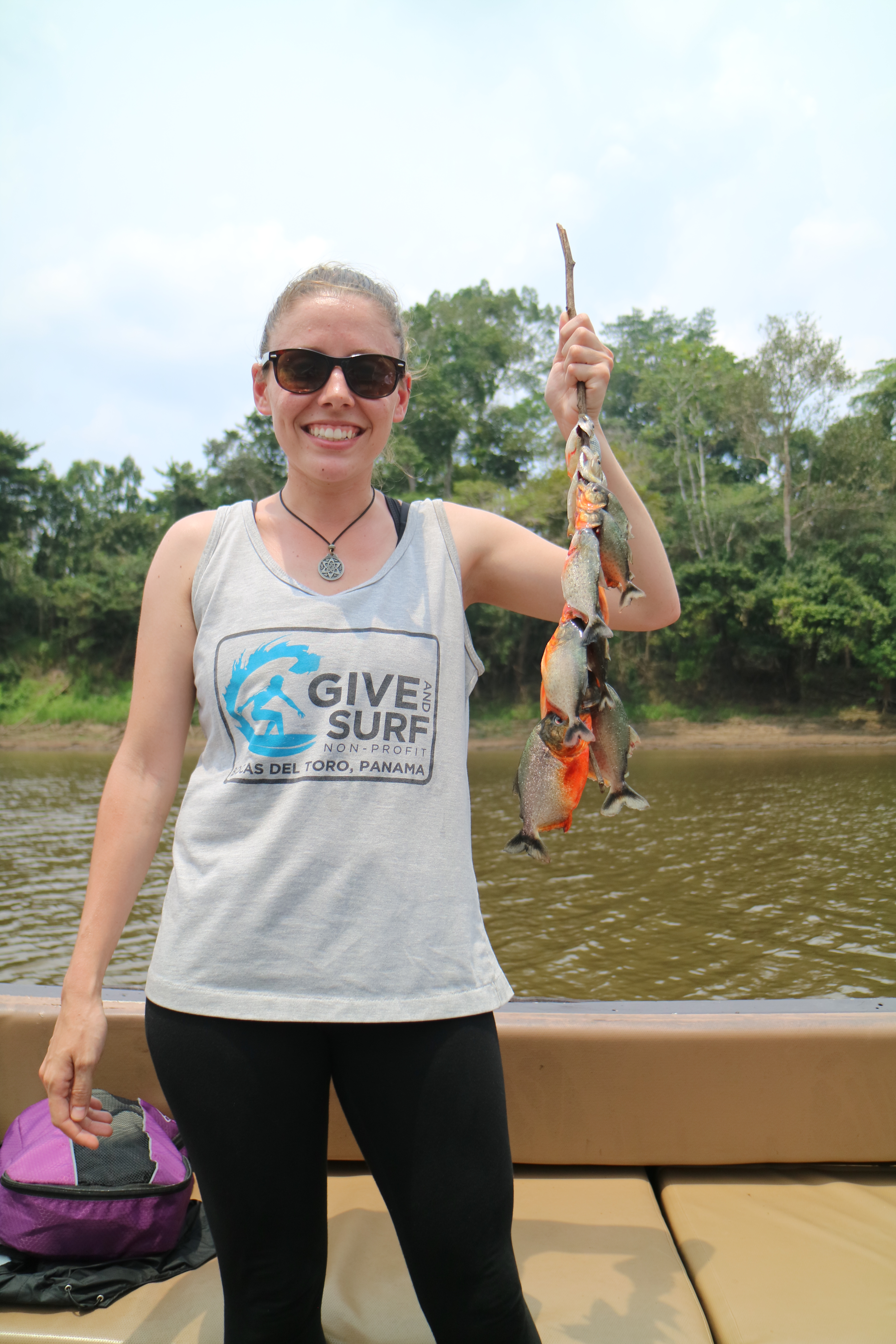
The next myth that I’d like to debunk for you is that the bugs will be so assaulting that you will simply get eaten ALIVE. The truth is, the bugs are no real threat to the savvy traveler. I don’t think anyone goes into the Amazon unprepared (at least I hope they don’t). When going on a rainforest walk or excursion off the boat, long sleeves and pants are worn, which fend off any critter that may make its way into your vicinity. Bug spray is doled out like candy on these things and trust me, there’s no shortage. Not only that, but each day before any activities, the guides go through the plan for the day step-by-step and in extreme detail. They recommend clothing that’s appropriate for the day’s itinerary. There’s literally nothing left to the imagination—they’ve been to the areas you’re visiting countless times and can anticipate your every need, whether it be closed-toed shoes, sun hats, or long sleeves.
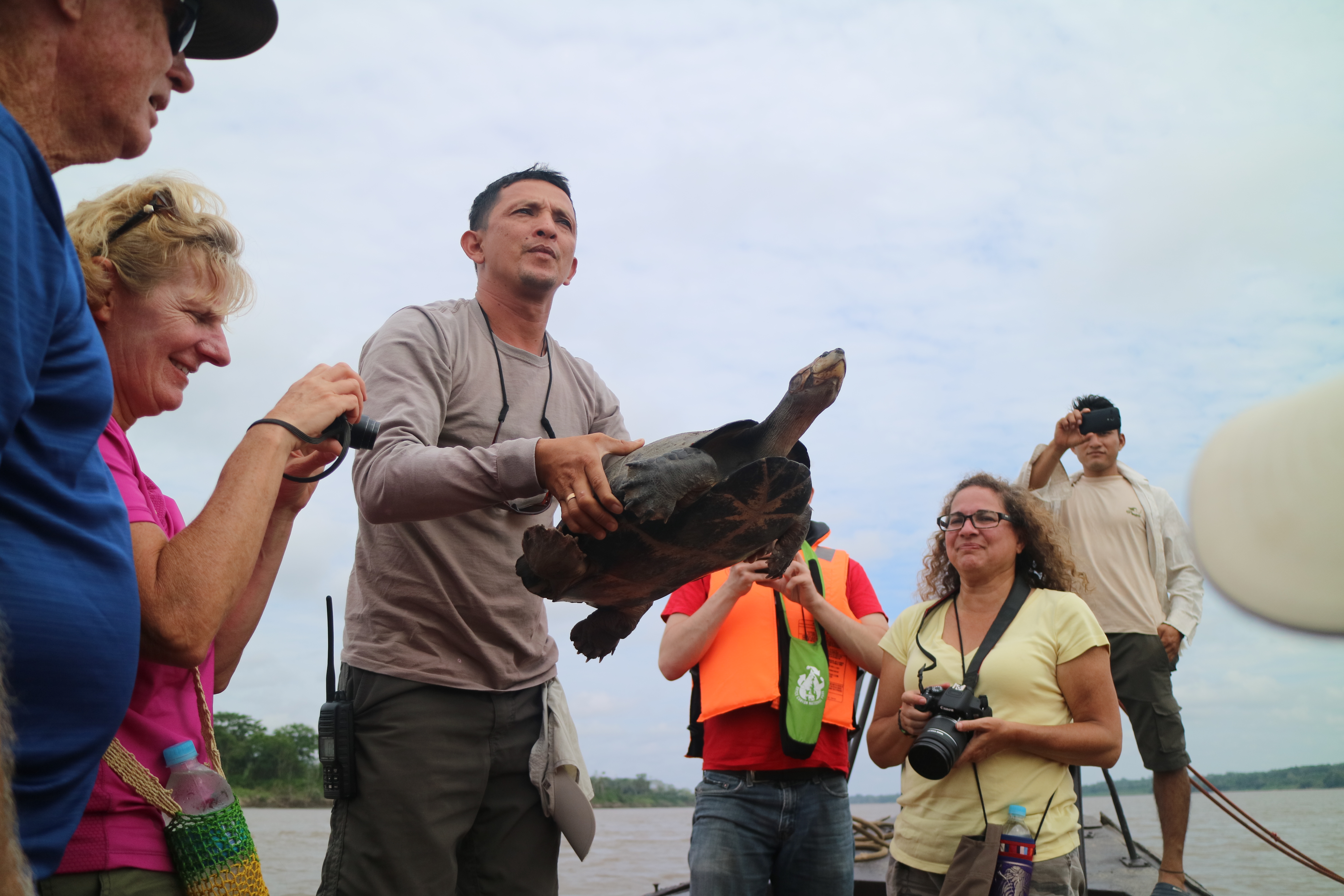
Also, remember the fact that much of the time you’ll be on a moving boat. Mosquitoes don’t like wind and they’re rarely bothersome while on board the boat. I brought a mosquito face net with me for extremely mosquito-ridden moments and I didn’t need to break it out even once. Being in floating accommodations also eliminates many opportunities for spiders or other creepy crawlies to get to you as well—I don’t think many spiders can swim!
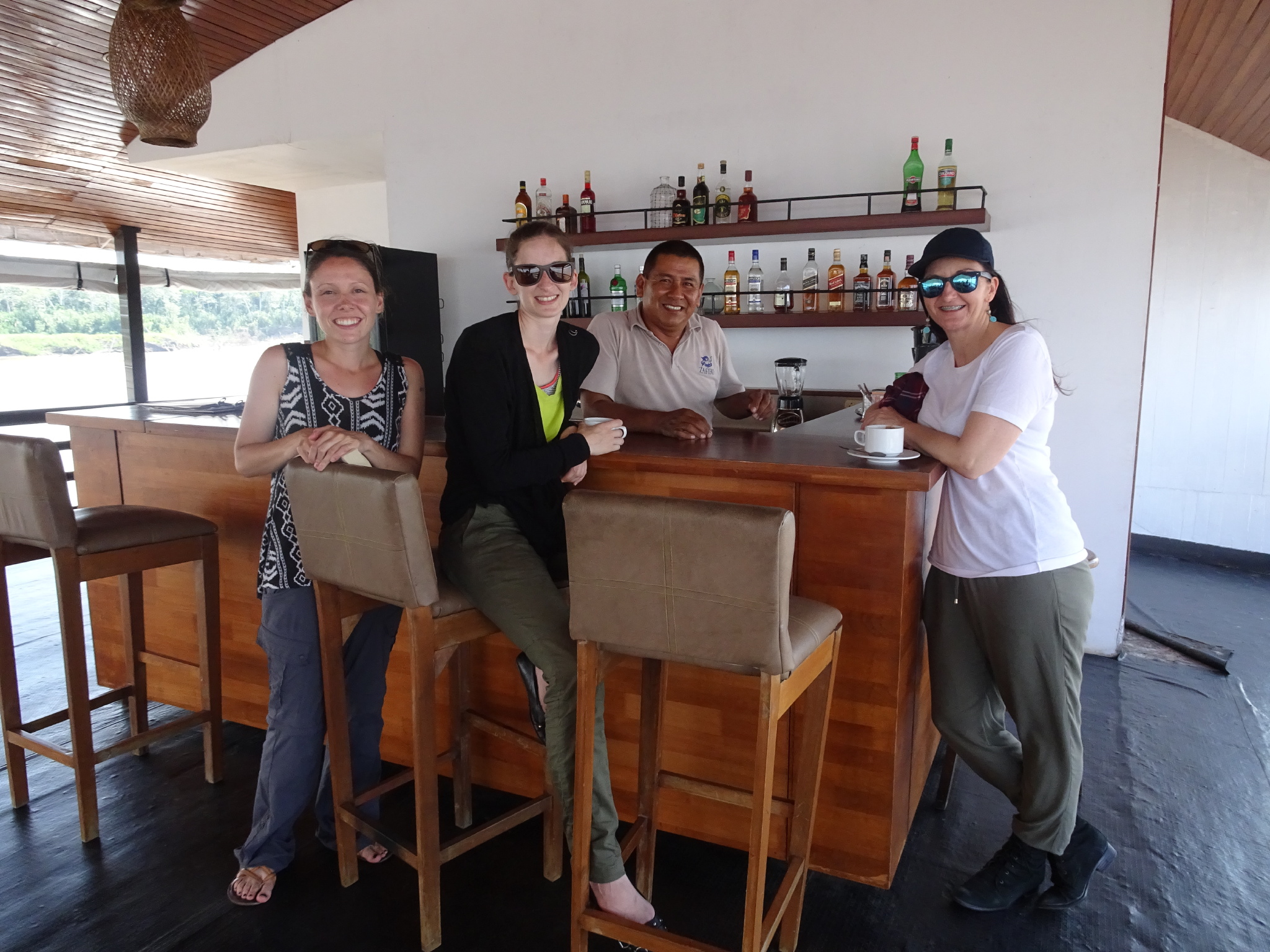
What about rain? I mean, it is a rainforest after all. Why would anyone vacation in one of the wettest places on the planet? Who wants to be stuck in ponchos all week sloshing around in knee-high rubber boots?
Well, this question depends on when you go. My river cruise was in mid-September and it rained one time during the week for less than two hours. That’s right! I was shocked at the lack of rain there was and how beautiful of weather we had. If you’re an avid rain hater, travel during the dry season. There are pros and cons to the wet and dry seasons.
During the wet season, the river is higher and it’s easier for the boat to get to certain areas. My cruise itinerary was altered quite a bit by how low the river was due to lack of rain. We didn’t go to some stops and actually had to ride in a bus two hours from Iquitos to Nauta to begin our cruise rather than cruise all the way down. In fact, there were times when I (along with other cruise guests) joked that we were on a cruise to nowhere—as the boat would move for an hour or so in the evening and then remained moored the rest of the time. I don’t feel that this detracted from our experience in any way, as we were still seeing something new each day on excursions from the boat.
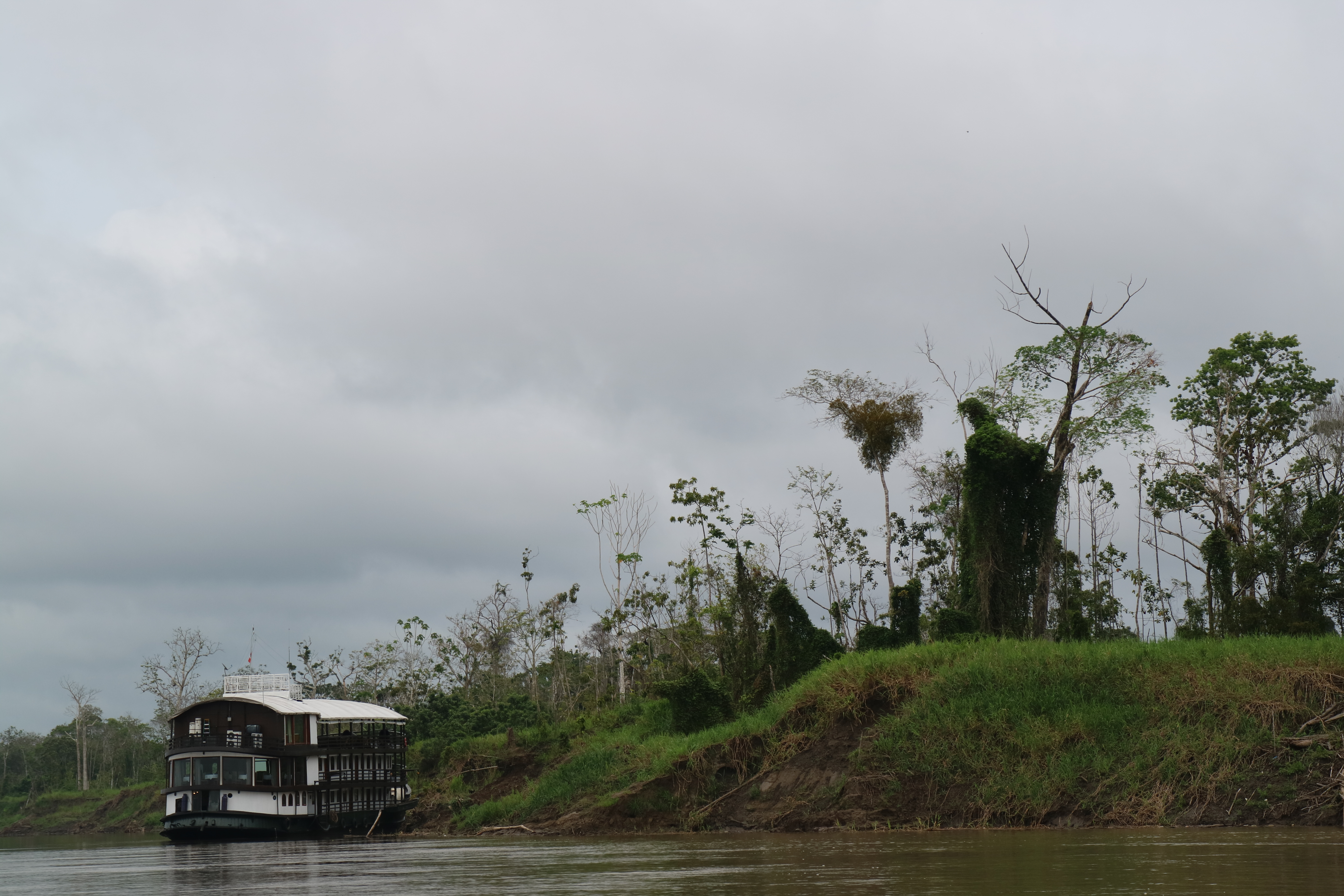
During the dry season you also have the advantage of seeing more wildlife. Animals, similar to us, don’t like standing out in the rain either!
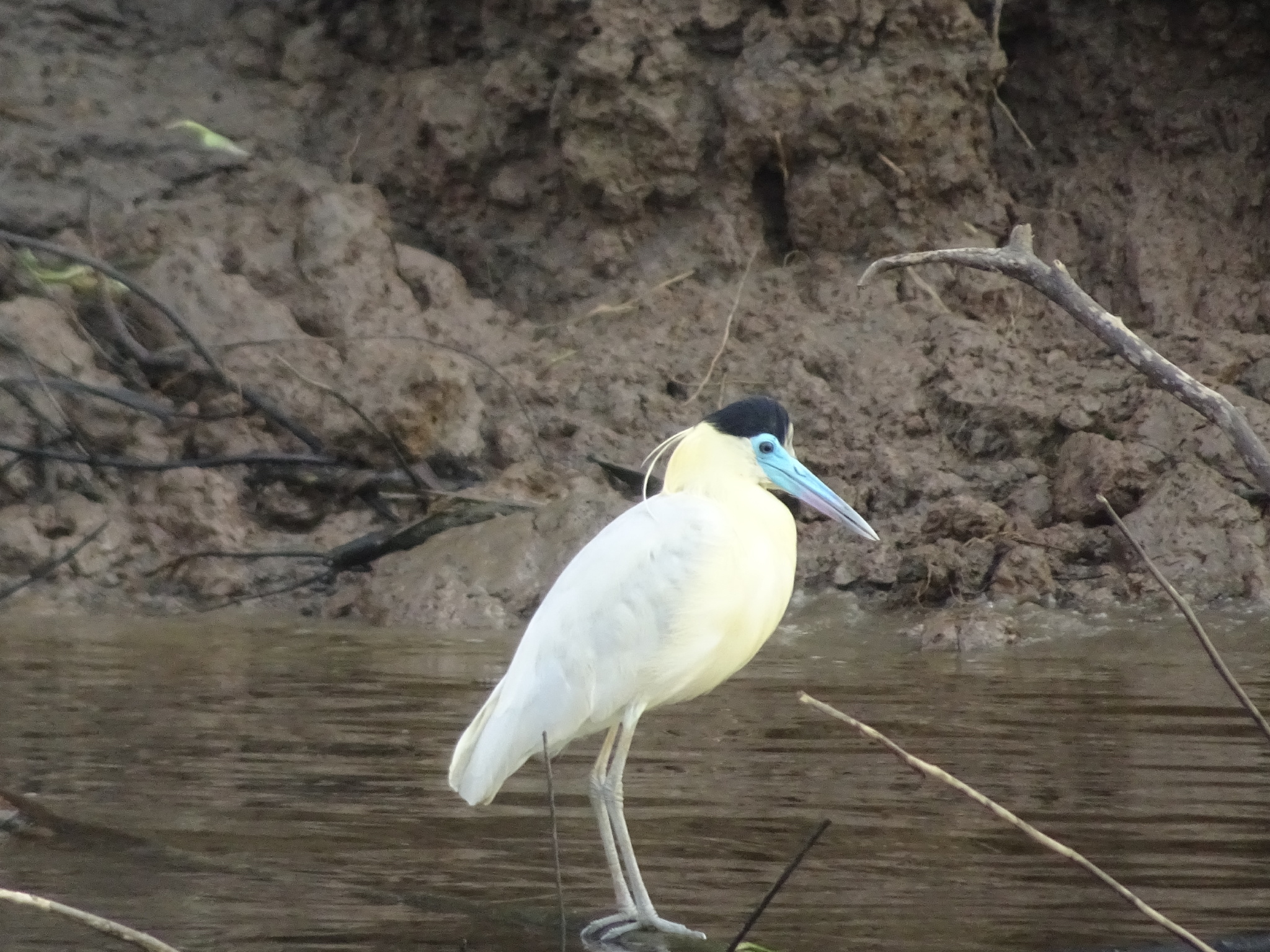
The last objection I’m going to nullify for you is that the river is laden with river pirates camping out and waiting to overtake the boat and steal everything you own. About two months prior to my departure for Peru, there was an incident on the Amazon Discovery (the most luxurious boat we saw while on the Amazon, top deck pool and all!) and it was all over the news. It certainly spooked me and I considered leaving the river cruise off of my itinerary after hearing about the band of river pirates that overtook the boat and stole $23K worth of money, jewelry, and cameras from the boat.
After a ton of research, I came to the conclusion that similar incidents were extremely rare and that many reports of the incident implied an inside job. No one got hurt, and my “worldly possessions” included about $32 USD and a bag of dirty clothes, so I was willing to chance it.
I’m so grateful I still decided to go and once I was on board the boat I didn’t have a worry in the world. Everyone (including the locals) were so accommodating that I felt very safe. The staff on board the boat also remained vigilant throughout each night, walking around the boat and checking the parameter about once every half hour or so.
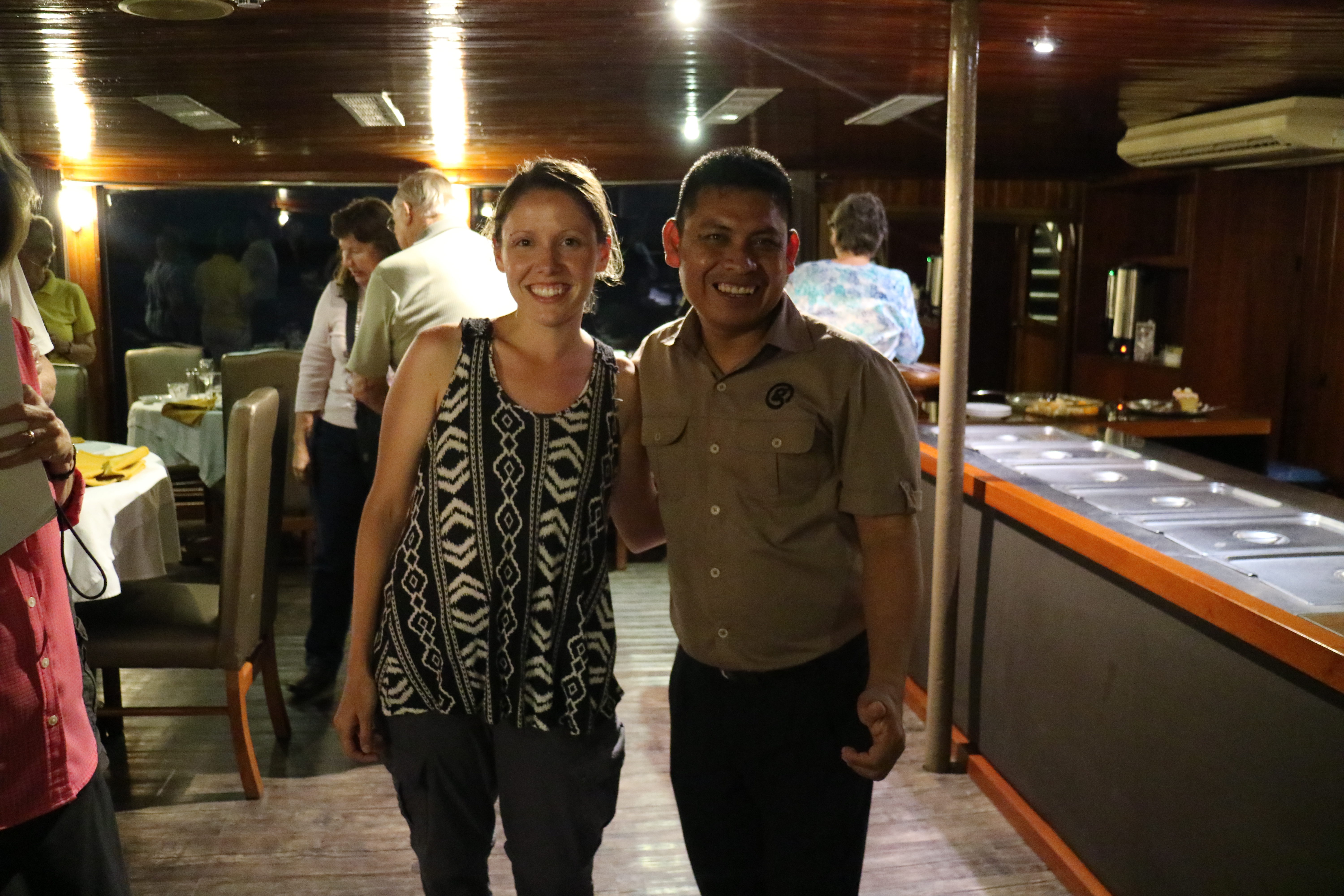
Before I left on my river cruise, these were some of the worries that irked me. I wished I could find a firsthand account like this to ease my mind but it seemed not many people wrote about their experiences on an Amazon River cruise, so I thought I would be one of the first.
Leave any other reasons you may have for hesitating to go on this trip of a lifetime in the comments and I’ll give you my honest experience in response.
Happy cruising!
CAITLYN WITHOUT A COMPASS
PRO TIP #1: If you’re already booked and ready to go on the trip, my biggest tip to you would be to BRING BINOCULARS! I’ve been on an African safari and many other trips and never have I wished more that I had a good pair of binoculars than when I was exploring along the Amazon. There are so many birds and so much fleeting wildlife among the trees that it comes in extreme handy to be able to zoom way in to the top of the canopy.
PRO TIP #2: When you’re shopping for a river cruise, the itinerary of what you’ll do each day is usually pretty vague (probably to accommodate for itinerary changes due to water levels and local conditions, etc.) and it’s probably rare for someone you know to have been on one, so check out my detailed day-by-day-itinerary to see exactly the types of things you’d be doing!
Want to see what a typical Amazon River Cruise boat looks like? Take a tour of the Amatista:



Thanks so much for the information! We’re planning on a similar trip within the year, and your blog was very helpful. A couple of questions: I assume that there is no wifi….and what are the evenings like on the boat?
Thanks, leslee
On our boat there was no wifi. In the evenings there was sometimes music played by the shipboard staff. There would be dinner and a couple drinks. You get up really early for morning excursions so usually after dinner and a bit of music almost everyone turns in for the night! But some evenings we went out on a night excursion before dinner to see night wildlife like caiman and bats and night birds.
My concern is yellow fever, even though we will be vaccinated. Do you know how effective the vaccine is and should I be concerned. Planning a trip 11/17.
thanks
I researched it quite a bit and you’re more likely to catch yellow fever without the vaccination than to have any adverse side effects from getting the vaccine.
Thanks for your response. Should I be concerned about catching yellow fever if I take the vaccine?
I would not be.